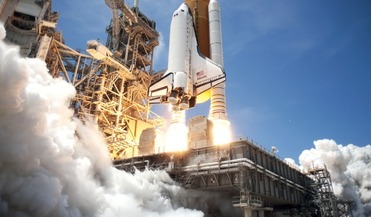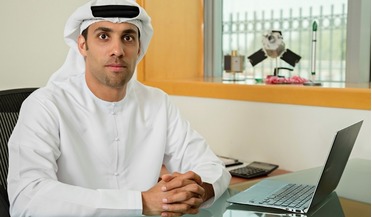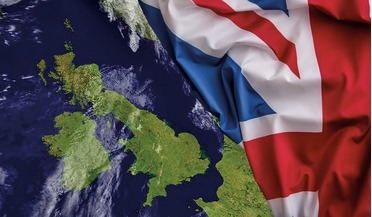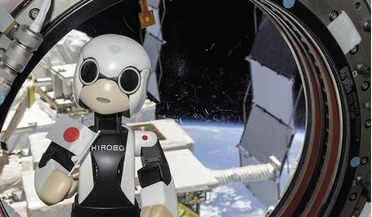 June 2017
Spaceplane rationale - a new way of thinking
June 2017
Spaceplane rationale - a new way of thinking
...prospect. However, its spaceplane - an enlarged development of SpaceShipOne - and others under construction, provide just a few minutes of zero gravity on top of a very steep flight. As such they are useful lead-ins but to launch satellites and visit...
 January 2018
Shielding the human genome
January 2018
Shielding the human genome
... with microorganisms that develop unique and possibly more antibioticresistant capabilities resulting from exposure to zero gravity and other environmental factors. The challenge facing NASA? Neutralise these species without chemicals, antibiotics...
 August 2018
UAE’s ambitious plans for space sector growth
August 2018
UAE’s ambitious plans for space sector growth
... that now? A number of initiatives fall under the Mars 2017 programme. Some of the ideas are to build a zero gravity facility to mimic aspects of space travel, some space-related museums, and then there is a plan to build a mockup...
 May 2019
The inadequacies and dangers of modern rocket technology
May 2019
The inadequacies and dangers of modern rocket technology
... a distance of 100 km from the planet’s surface, where there are ideal conditions for most technological processes: zero gravity, vacuum, high and cryogenic temperatures, unlimited raw materials, energy and spatial resources. If industry is relocated...
 February 2020
Opportunity knocks for UK space industry
February 2020
Opportunity knocks for UK space industry
... and solutions in antibiotics, and some of those may be greatly assisted by taking advantage of the opportunity for zero gravity creation of molecular combinations. What opportunities does the UK have to positively impact the global space industry...
 August 2021
Robotic systems for psychological support
August 2021
Robotic systems for psychological support
... Station in April 2019, Astrobee is a free-flying robot system that will help researchers test new technologies in zero gravity and perform routine work alongside astronauts. The control system for displaying mimic images on the R-Pod...